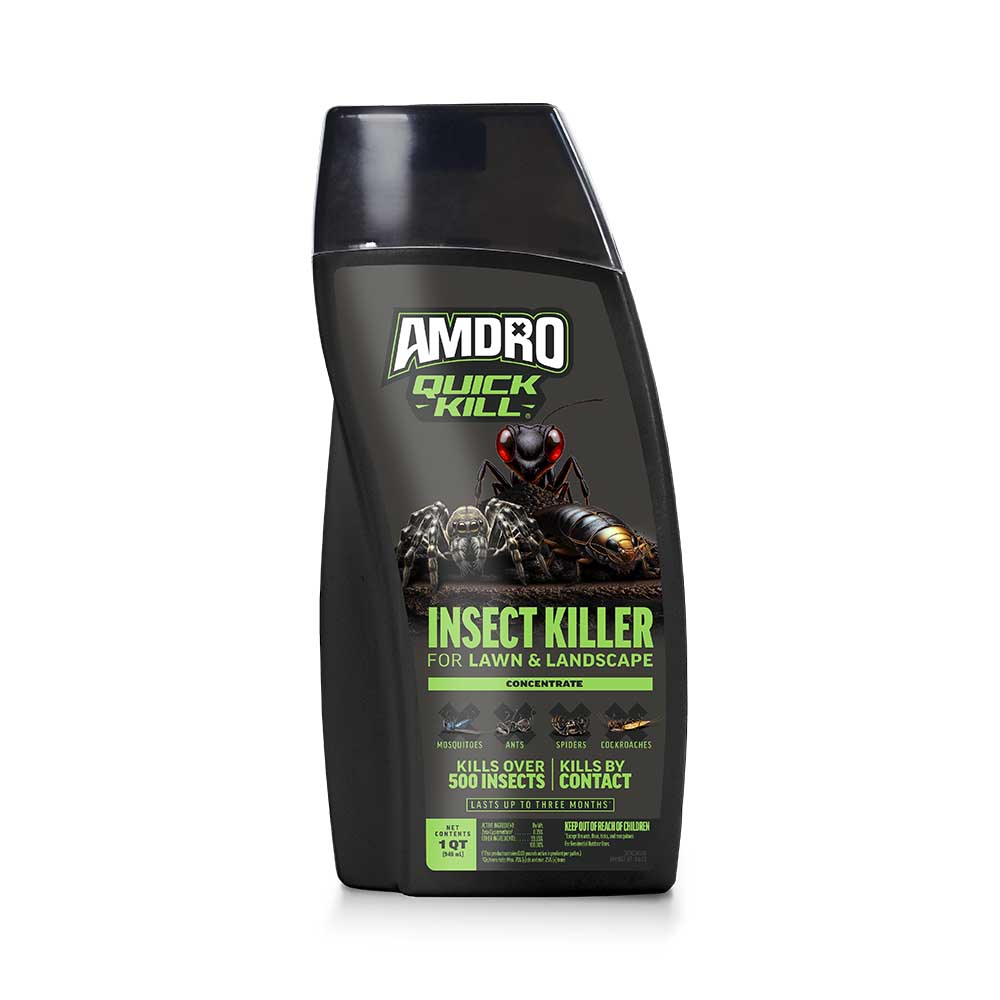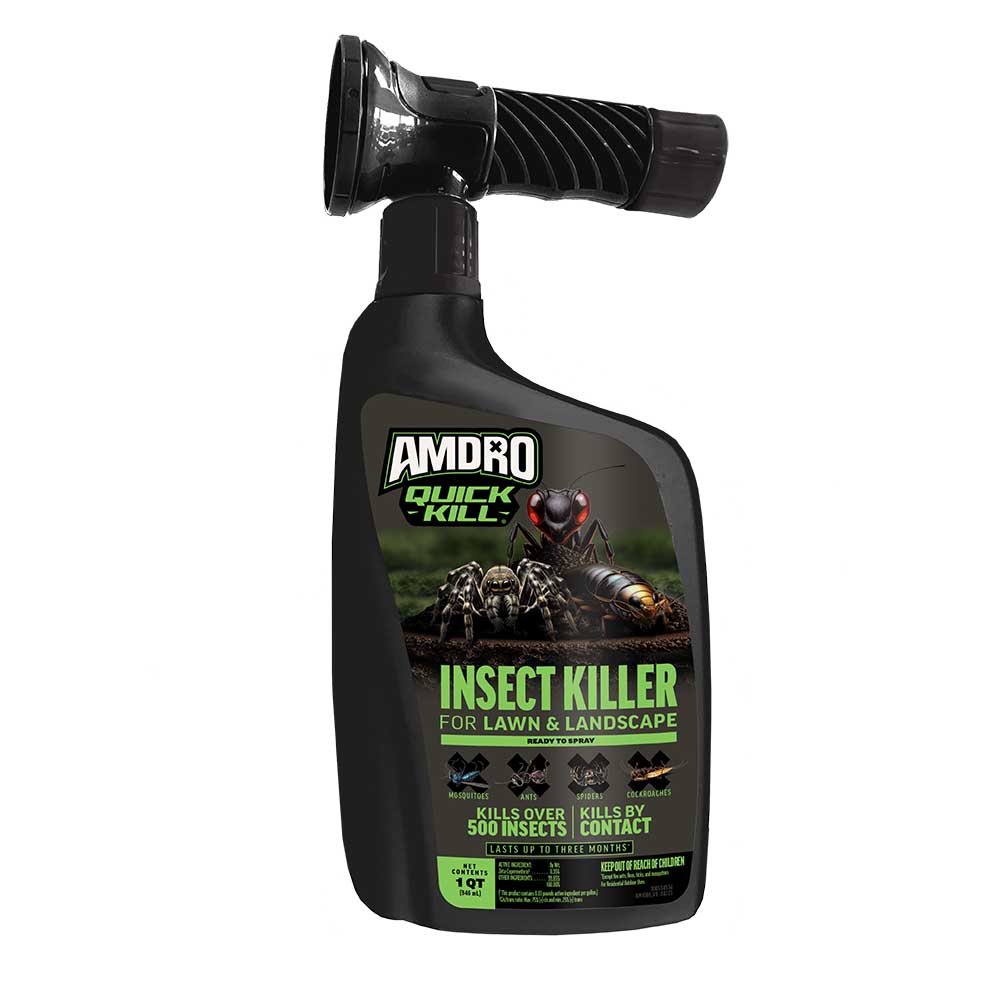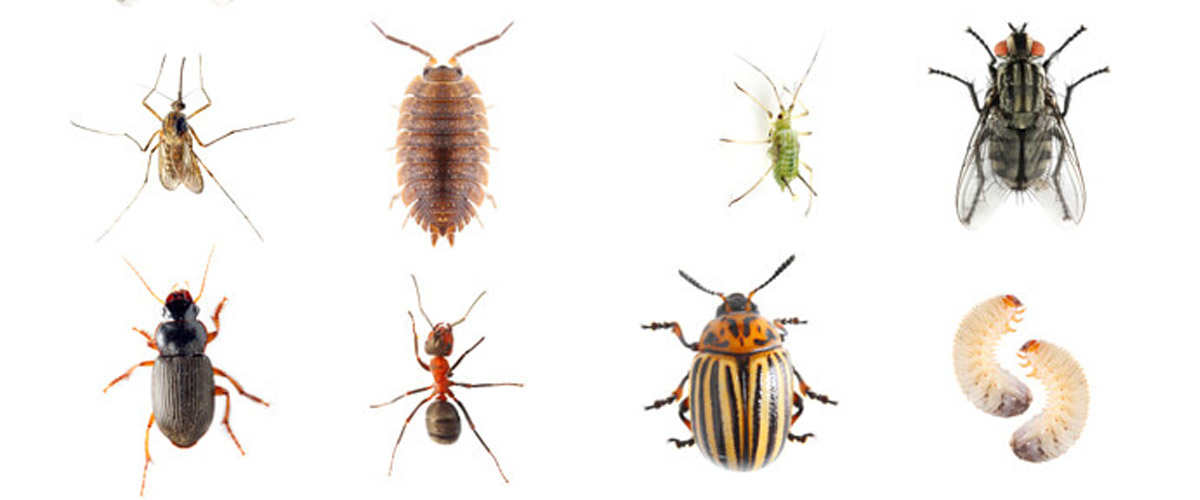Spotted Lanternfly
SPOTTED LANTERNFLY IDENTIFICATION
Spotted lanternflies are extremely destructive invasive pests discovered in the United States in 2014. Don't be fooled by the moth-like look of adult spotted lanternflies; these native Asian pests are more closely related to leafhoppers, aphids and stink bugs. All spotted lanternfly life stages are easily recognizable.
Adult spotted lanternflies have stout bodies that measure 1 inch long and 1/2 inch wide. Their short antennae, black heads and black-banded yellow abdomens combine with pink-tinged, gray forewings spotted with black. A black, brick-like pattern covers the forewing tips. Their black-and-white hindwings have bright red, black-spotted patches.
Immature spotted lanternflies pass through four wingless nymph stages. Through the first three stages, these pests grow up to 1/4 inch long. Called "black-stage" nymphs, they have black bodies and legs, both spotted with white. During the final nymph stage, these pests grow up to 3/4 inch long. "Red-stage" nymphs are brilliant red and black with white spots on their bodies and legs.
Spotted lanternflies lay egg masses on all types of surfaces, including cars, tree trunks, walls, picnic tables and barbeque grills. When fresh, the 1-inch masses look like clay or putty, with the eggs laid in neat columns. As the masses dry, they look like cracked, caked-on mud.
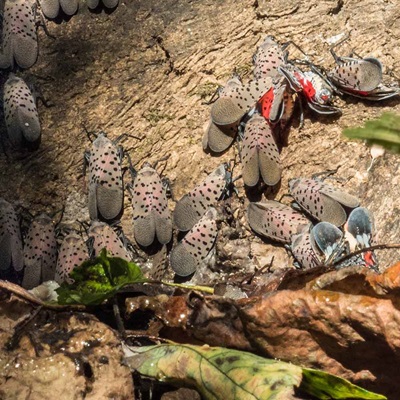
SIGNS OF SPOTTED LANTERNFLIES
The first signs of spotted lanternflies in your neighborhood are often swarms of the pests themselves. These conspicuous invasives congregate and feed in large numbers. They damage plants by piercing plant tissue and sucking out large volumes of the sap plants rely on to live. Affected plants ooze sap, wilt, drop leaves and die back. With severe infestations, plants die.
Younger, black-stage spotted lanternfly nymphs seek out tender new plant growth. As their mouthparts grow stronger, red-stage nymphs and adults can pierce bark and feed on trees. As they feed, these pests excrete large quantities of sticky, sweet honeydew that attracts ants, wasps and other pests and develops into unsightly black, sooty mold.
HOW TO CONTROL SPOTTED LANTERNFLIES
Because spotted lanternflies aren't from North America, the natural enemies that keep them in check in their homeland don't exist here. So that job falls largely on you. Effective control demands vigilance and prompt treatment to stop these pests at every life stage.
Amdro brand offers two powerful liquid options to kill spotted lanternflies and help prevent their spread:
- Amdro Quick Kill Insect Killer for Lawn & Landscape Concentrate, designed for use with a pump-style sprayer, is ideal for treating small trees, shrubs and outdoor areas where you and your family entertain. Spray all lawn and plant surfaces thoroughly, giving special attention to tree trunks where adult spotted lanternflies and red-stage nymphs gather. This product kills spotted lanternflies by contact and keeps protecting against new spotted lanternflies for up to three months.
- Amdro Quick Kill Insect Killer for Lawn & Landscape Ready To Spray attaches to an ordinary garden hose for quick, easy treatment of small trees, shrubs, flowers and outdoor areas. The convenient container does the measuring and mixing for you as you spray. Cover all plant surfaces thoroughly to kill spotted lanternflies by contact. This product keeps protecting against new spotted lanternflies for up to three months.
SPOTTED LANTERNFLY CONTROL TIPS
Since their discovery in Pennsylvania, spotted lanternflies have continued to spread steadily — north, south, east and west. If you see these highly destructive pests in your area, take a picture so experts can confirm your sighting. Then kill the pest so it can't reproduce, and notify your state Department of Agriculture immediately.
Always read product labels and follow the instructions carefully.
Pest Gallery
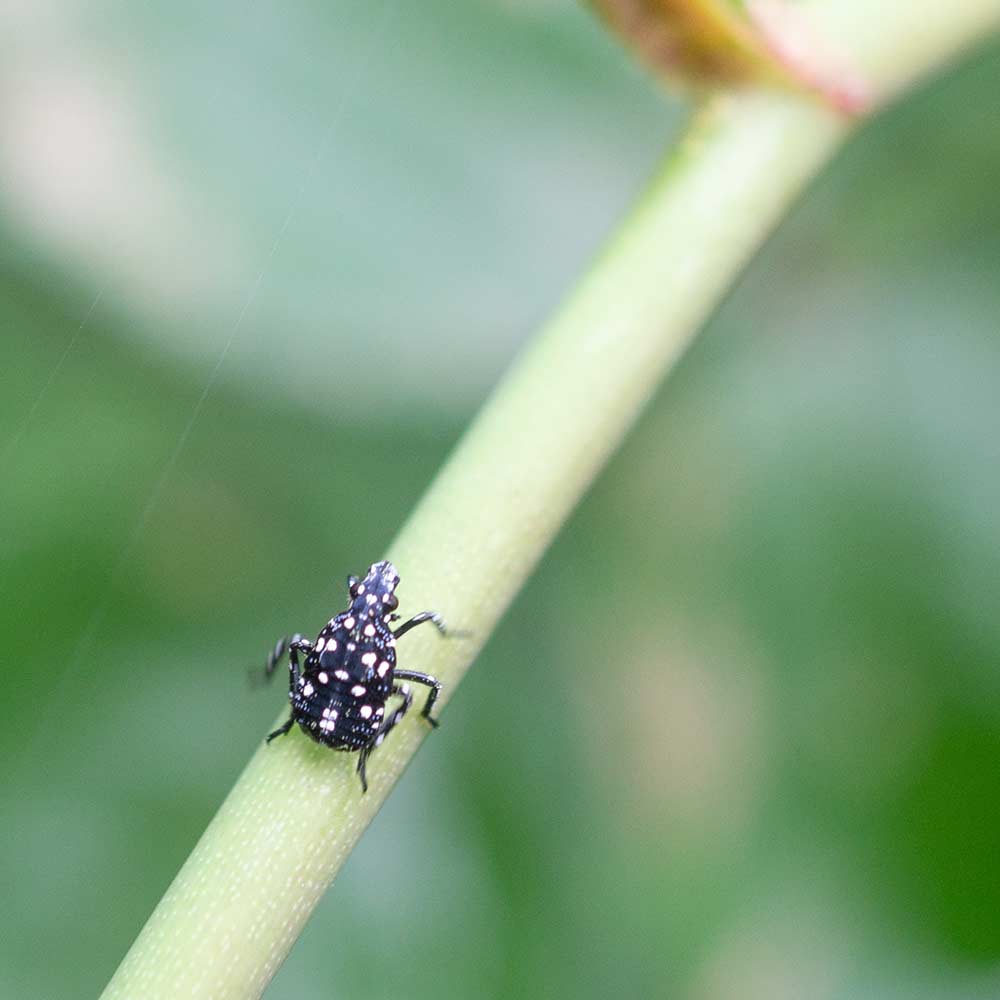
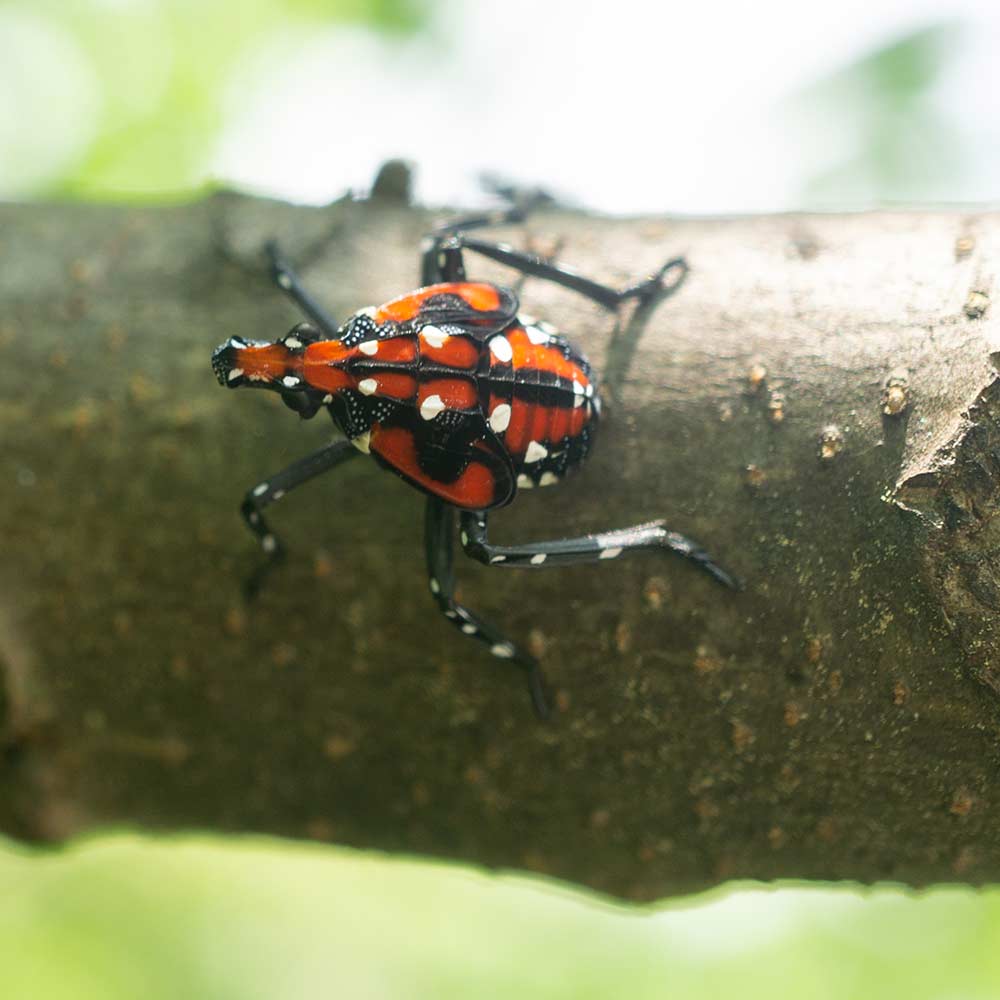
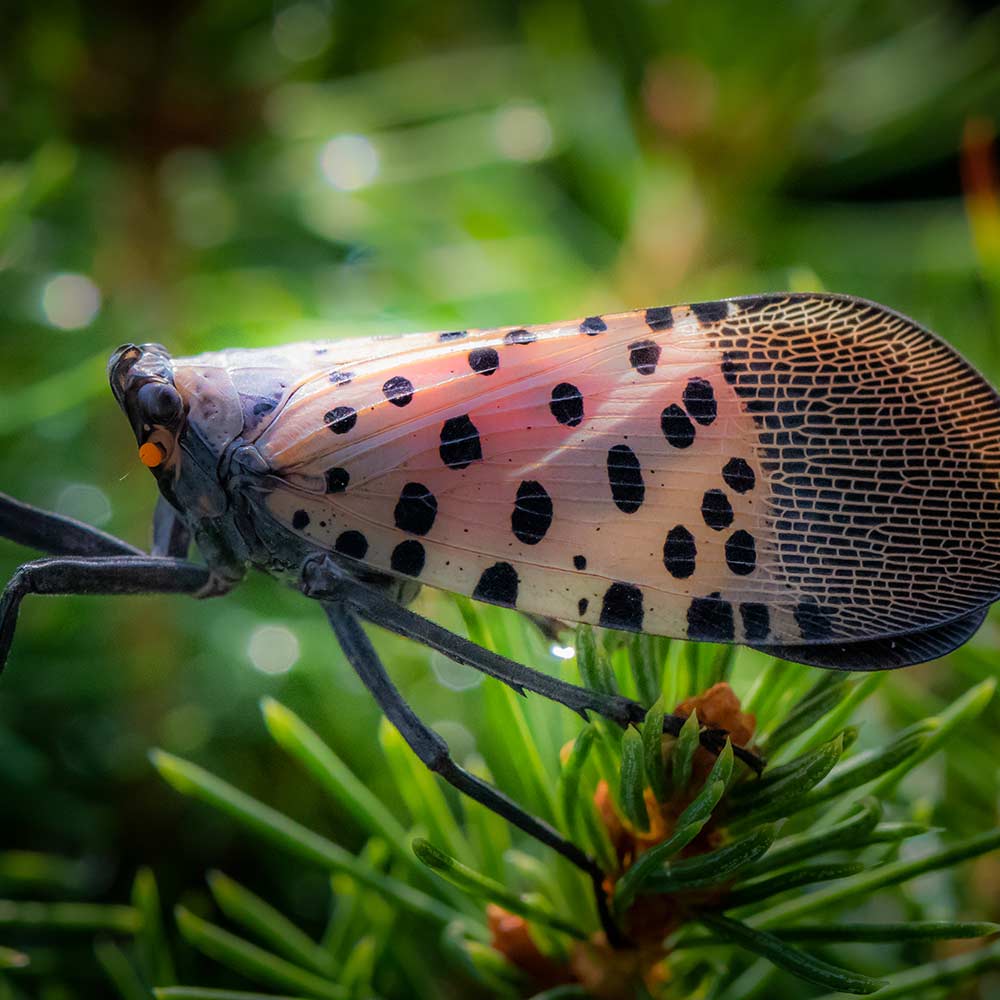
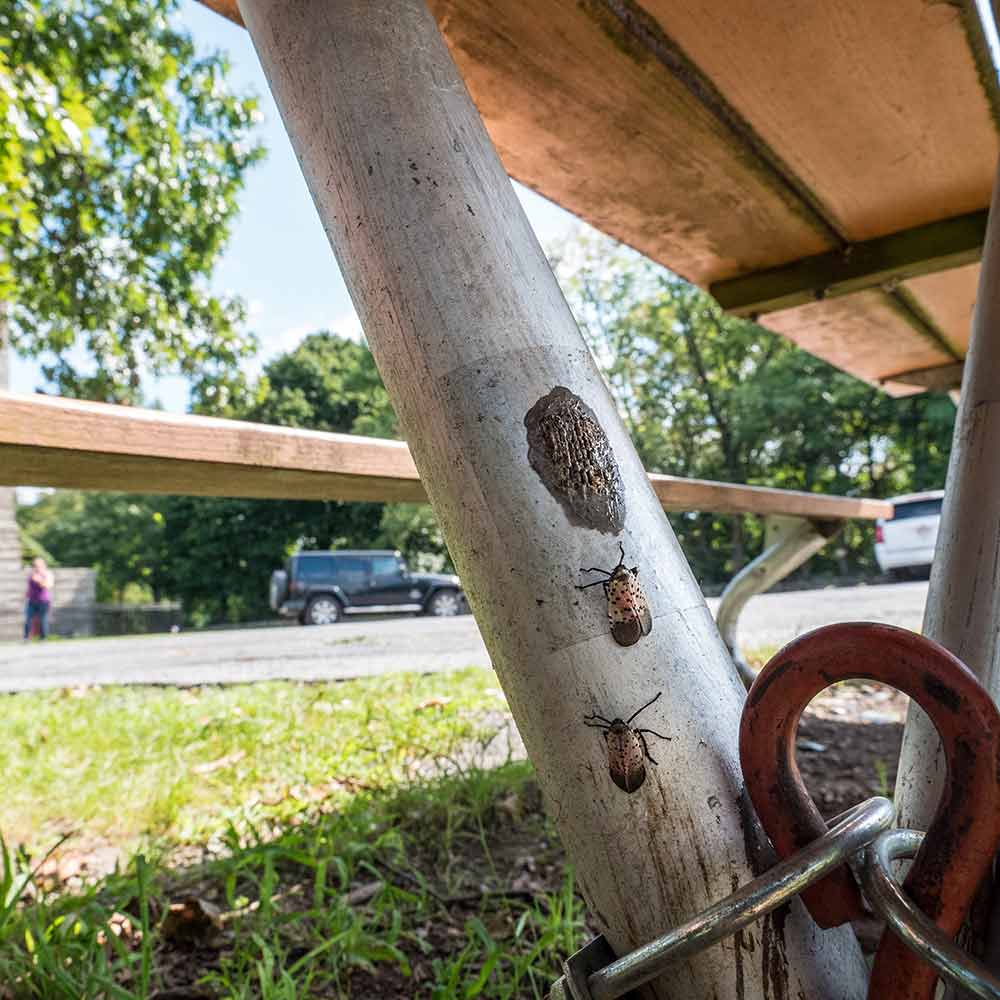
Is this not your insect?


